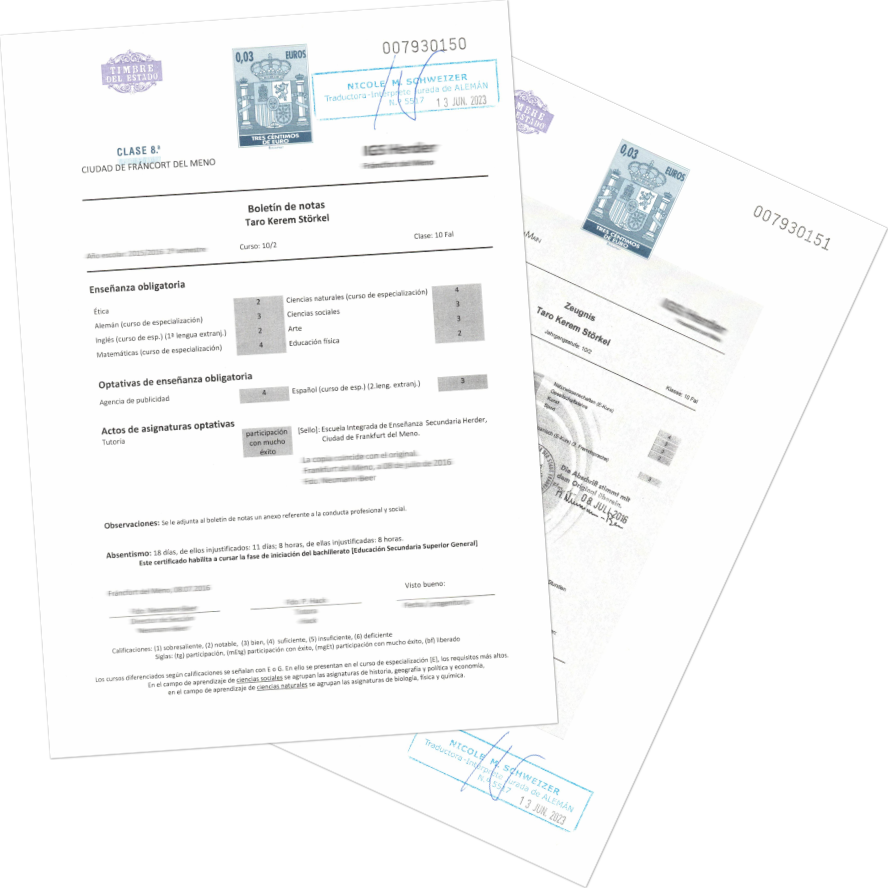When it comes to document translation, it is important to understand the differences between a sworn or official translation and a regular translation. These two types of translations have different purposes and requirements, and it is essential to know when to choose a sworn translation.
What is a regular translation?
A regular translation, also known as a non-official translation, is the result of the translator converting the original text into another language without certifying its accuracy or precision. However, this should never compromise the quality of the translation. This type of translation is common for translating emails, personal letters, websites, or internal company documents. However, it does not have legal or official validity.
What is a sworn or official translation?
A sworn or official translation is a translation made by a sworn translator authorised by the Ministry of Foreign Affairs, European Union, and Cooperation (MAEC). The sworn translator certifies and attests that the translation is a faithful reflection of the original document.
This type of translation is usually required for all official and legal procedures, such as when submitting documents to authorities in countries where the language of those documents is not officially spoken, as well as to companies and institutions. It is delivered with the corresponding certification, seal, and signature.
Sworn translations have full legal validity, and currently, can also be provided in an electronically certified format with an electronic signature.
Examples of documents that often require a sworn translation include:
- Academic degrees and records.
- Birth, marriage and death certificates.
- Criminal record certificates.
- Municipal registration certificates.
- Medical certificates.
- Family record books.
- Passports, DNI, NIE documents.
- Notarial deeds.
- Powers of attorney.
- Employment contracts.
- Lease agreements.
- Decrees, judgements.
- Articles of incorporation.
- etc.

What does a sworn translation need to include?
Order AEC/2125/2014, of November 6, establishes the requirements for certification in sworn translations. According to section 4 of said regulation, sworn translators and interpreters must use the following formula, indicating the language of the original text, the language into which it has been translated, the place where the translation was carried out, and the date.
As a reminder, the current established statement is as follows:
“Mr./Ms.……………… (name and surnames), Sworn Translator of …………..(language), appointed by the Ministry of Foreign Affairs, European Union and Cooperation, certifies that the preceding translation is a true and complete translation into …………… (target language) of a document drafted in ……………….. (original language).
In ………………. (place), on ……………. (date)”
Signature
And the seal of the sworn translator and interpreter must contain the following information:
|
(NAME AND SURNAMES) |
In addition to this, an official translator may decide to include more information in the certification. That is perfectly valid. In fact, the translation professional could include the number of pages in the translation, whether the translation was made from an original document or a photocopy, a certified copy, a document transmitted by fax, among others. However, the aforementioned information is mandatory and cannot be omitted.

Recent Comments